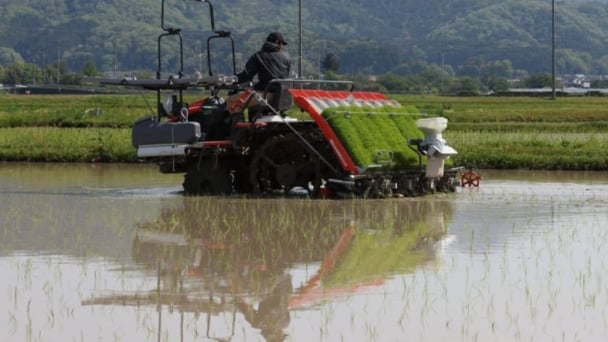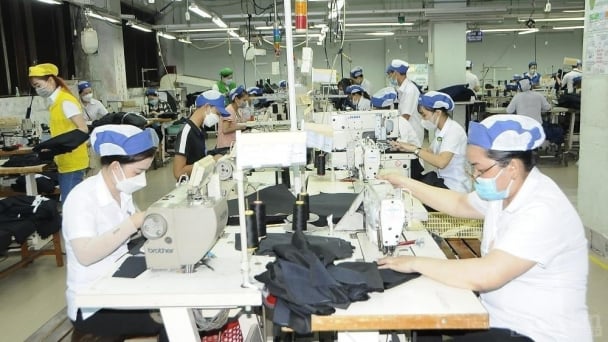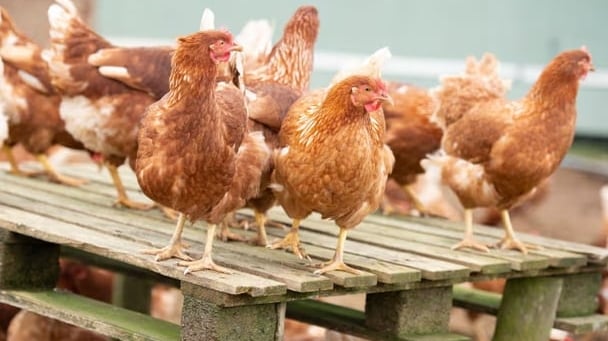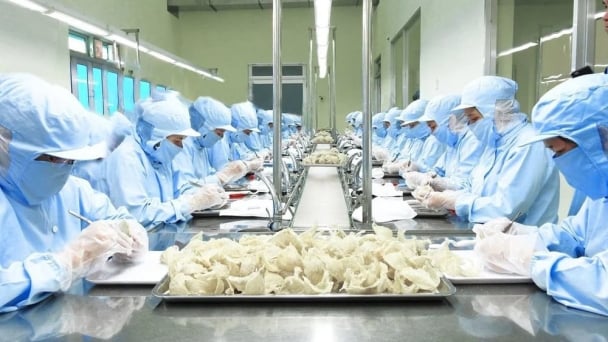May 16, 2025 | 11:36 GMT +7
May 16, 2025 | 11:36 GMT +7
Hotline: 0913.378.918
May 16, 2025 | 11:36 GMT +7
Hotline: 0913.378.918

About 1 million ton of maize are imported to Vietnam every month.
Due to the high demand for animal feed productions, maize importation to Vietnam continues to increase sharply in recent years and, at the moment, has reached around 1 million tons per month.
Statistics from the General Department of Vietnam Customs show that in 2020, Vietnam imported more than 12,072 million tons of maize, worth US$ 2.4 billion, up 5% in volume and 2.8% in value compared to 2019. This is also the first year for the amount of maize imported to Vietnam to exceed 12 million tons.
Consequently, in the past year, on average, around 1 million tons of maize are imported to Vietnam every month.
Maize importation is gradually increasing, while in January 2021, Vietnam has imported 1.147 million tons of maize, up 53.7% in volume and 61.2% in value compared to January 2020.
Most of Vietnam’s maize importations come from Argentina. In 2020, Vietnam has imported maize from Argentina with a volume of around 8 million tons, valued at US$ 1.6 billion.
Maize is imported from Argentina much more than the country that ranks second, Brazil. In 2020, Maize imported from Brazil reached 3.063 million tons, valued at approximately US$ 600 million.

Vietnam’s animal feed industry is thriving, leading to the increasing demand for maize imports.
Maize imported to Vietnam continues to increase sharply in recent years, firstly due to the strong development of the animal feed industry.
In 2020, despite the difficulties by Covid-19, many animal feed factories in Vietnam are still inaugurated and put into operation. For instance, the animal feed factory of C.P Vietnam located in Binh Phuoc province has the most advanced technology in the world with the phase 1 capacity of 300,000 tons a year; Japfa’s animal feed factory, situated in Binh Dinh province, has the capacity of 180,000 tons a year…
With new projects put into operation, at the end of 2020, the total capacity of animal feed processing factories in Vietnam has reached about 40 million tons a year. The output of Vietnam’s animal feed in 2020 has struck a number exceeding 20 million tons, taking the lead in the ASEAN areas and have a spot in the Top 10 countries with the largest production of animal feed in the world.
With such large output, Vietnam’s animal feed industry isn’t only meeting the needs of domestic livestock development fundamentally, but also promotes exports with a value of more than US$ 800 million in 2020.
Considering the fact that Vietnam is having a policy to promote the development of husbandry and aquaculture, the animal feed industry will continue to expand in scale, increase capacity and output in the coming years. Therefore, imports of maize to Vietnam are forecasted to continue to increase.
Translated by Megan Phan

(VAN) Japan's efforts to lower the price of rice through the release of its stockpile may finally be making some progress, albeit at a snail's pace.

(VAN) U.S. tariffs are not only a 'shock', but also an opportunity for Vietnamese businesses to renew their mindset toward comprehensive development.

(VAN) As Bac Giang lychee enters the harvest season, Minister Do Duc Duy expects that the fruit will contribute greatly to agricultural exports due to standardized production and deep processing.

(VAN) Consumers have shown a preference for free-range eggs, but those farming systems are more vulnerable to biosecurity risks like bird flu.
/2025/05/09/5701-1-184335_301.jpg)
(VAN) Vietnam’s eel exports nearly doubled thanks to a mud-free farming model, opening up new prospects while still facing numerous barriers related to international standards.

(VAN) Minister Do Duc Duy warned that if production is not professionalized and supply chains are not transparent, the U.S. market could become a growth bottleneck.

(VAN) Delegating surveillance responsibilities to local authorities is a cost-saving and efficiency-boosting measure that removes a key bottleneck for enterprises, according to Director General Duong Tat Thang.